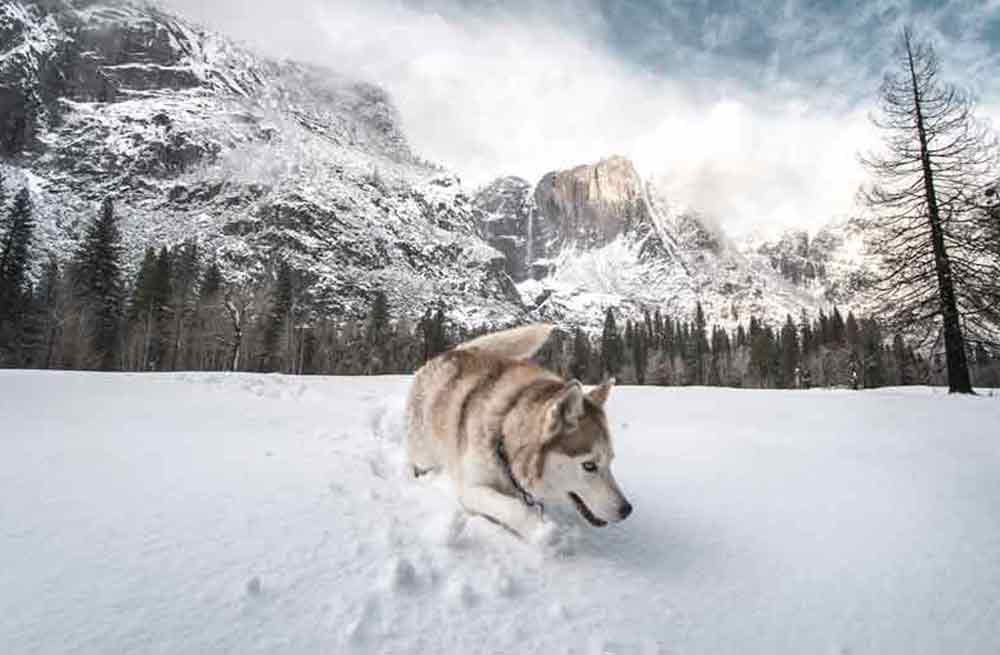Issue 3: Climate Incompatibility
The Great Lakes area is too cold for long-term events that were recorded in The Book of Mormon.
The Book of Mormon never speaks of snow, nor gives any other cold-weather indications. Yet, advocates of the premise that the Book of Mormon events took place in the Great Lakes area avoid significant climate and weather indications that show their Great Lakes geographical placements are incorrect.
Two multiple-years-long Nephite gatherings would have been impossible in the cold climates of the Great Lakes environments.
Those gatherings occurred
- during the Gadianton Robbers War, and
- during the all-Nephites gathering before the final Nephite-Lamanite battle.
In the Great Lakes advocates’ typical maps,* their location of the Land Bountiful is placed immediately south of Lake Ontario in the area between the south shore of Lake Ontario down to the area between the present-day New York cities of Buffalo and Rochester. Then, their placement of the Land of Zarahemla is just to the south and west of that terrain, with its western border being the coast of the east end of Lake Erie—perhaps as far as Jamestown, NY on the west and Allegany State Park on the east.
Basically, their positioning of the two long-term events considered in this Issue section is that the two events both occurred just south of the eastern end of Lake Erie and just south of the southern end of Lake Ontario. (*For example: Cumorah: Great Lakes Region—Land of The Book of Mormon, by Vaughn E. Hansen, PhD. Springville, Utah: Cedar Fort, Inc., 2011.)
So, what is the winter climate in those geographical areas?
Typical Great Lakes Areas weather statistics
The climate problem, if these huge Book of Mormon gatherings took place in the Great Lakes area, is the extremely cold, snowy, winter weather. Consider these annual snowfall rates in and around the Great Lakes area as an indication of that region’s long, cold winter seasons:
New York: Buffalo: 95.4”/yr; Rochester: 102”/yr; Syracuse: 114.3”/yr.
Pennsylvania: Erie: 104.3”/yr.
Ohio: Cleveland: 64.0”/yr.
Minnesota: Duluth: 87.0”/yr; Minneapolis: 51.2”/yr.
Michigan: Saint Sault Marie: 119.3”/yr; Muskegon: 79.3”/yr; Grand Rapids: 74.6”/yr.
Indiana: South Bend: 62.5”/yr.
Vermont: Stowe: 89”/yr; Burlington: 80.2”/yr.
Maine: Portland: 70.0”/yr.
New Hampshire: Concord: 65.2”/yr.
Massachusetts: Worcester: 66.8”/yr.
Connecticut: Hartford: 51.7”/yr.
[Google: Snowiest Cities in the U.S., 2023]
Historical Situation 1: sheltering all the Nephites through seven brutal winters during the Gadianton Robbers War (3 Nephi 2:11-4:33) [c. A.D. 3-9]
Because the Nephites were “threatened with utter destruction” (2:13), Nephite governor Lachoneus sent a proclamation to all the Nephite cities, calling all the Nephites to “gather themselves together, to defend themselves against their enemies.” (3:22) His appointed gathering place was in “the land of Zarahemla,…between the land Zarahemla and the land Bountiful, to the line which was between the land Bountiful and the land Desolation” (3:23). “A great many thousand people” (3:24) gathered and had brought “provisions, and horses and cattle, and flocks of every kind, that they might subsist for the space of seven years.” (4:4) And they remained there a full seven years before journeying back to their homes (6:2-4).
Though they brought food (which couldn’t possibly last for seven years), they had no buildings or shelters to protect them through those seven brutal Great-Lakes-area winters. How could they survive? It would not be possible with those weather conditions!
Comparison: If this gathering took place in the tropical Central America area rather than in the frigid Great Lakes area, the coldest “winter” climate would only have been “sweater weather.”
Historical Situation 2: The Nephites final four-year gathering and battle in the Land of Cumorah (Mormon 6:1-5) [A.D. 381-385]
After numerous battles between the Nephites and the Lamanites, Mormon wrote an epistle “unto the king of the Lamanites, and desired of him that he would grant unto us that we might gather together our people unto the land of Cumorah, by a hill which was called Cumorah, and there we could give them battle.” (Mormon 6:2) The Lamanite king granted this request.
Mormon recorded that over a four-year period they “had gathered in all the remainder of our people unto the land Cumorah” (Mormon 6:5).
The problems, if this huge gathering took place in the Great Lakes area, are:
- how could they survive through four frigid winters, and
- how could they possibly grow sufficient crops to feed up to a hundred-thousand Nephites, in the extremely limited cultivation area surrounding the drumlin-sized Hill Cumorah during those Great Lakes areas’ bitter winters, and with only one-crop growing seasons?
Comparison: If this gathering took place in the tropical Central America site with the ample fertile lands surrounding El Cerro Vegía, there would have been sufficient terrain for the gathering Nephites to pitch tents, build simple shelters, and plant crops each of those years, with two or three growing seasons each year in that tropical environment.
Other Book of Mormon weather-related passages
These passages indicate theBook of Mormon’s events took place in the Central American area’s tropical climate rather than in the fridged Great Lakes areas’ climate:
- Immediately after Lehi’s family arrived “at the promised land” they “did begin to plant seeds…and they did grow exceedingly; wherefore we were blessed in abundance.” (1 Ne. 18:24)
- “There were some who died with fevers, which at some seasons of the year were very frequent in the land—but not so much with fevers, because of the excellent qualities of the many plants and roots which God had prepared to remove the cause of diseases, to which men were subject by the nature of the climate.” (Alma 46:40)
- “The armies of Zarahemnah…were naked, save it were a skin which was girded about their loins; yea, all were naked, save it were the Zoramites and the Amalekites.” (Alma 43:20)

